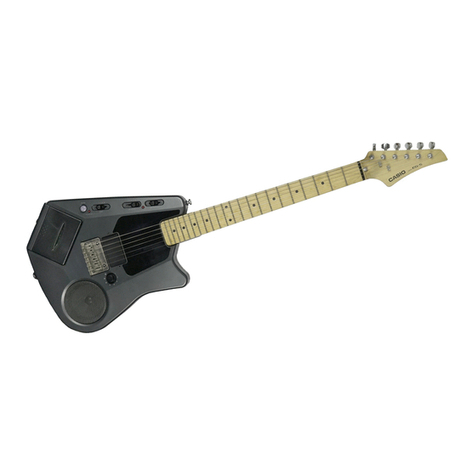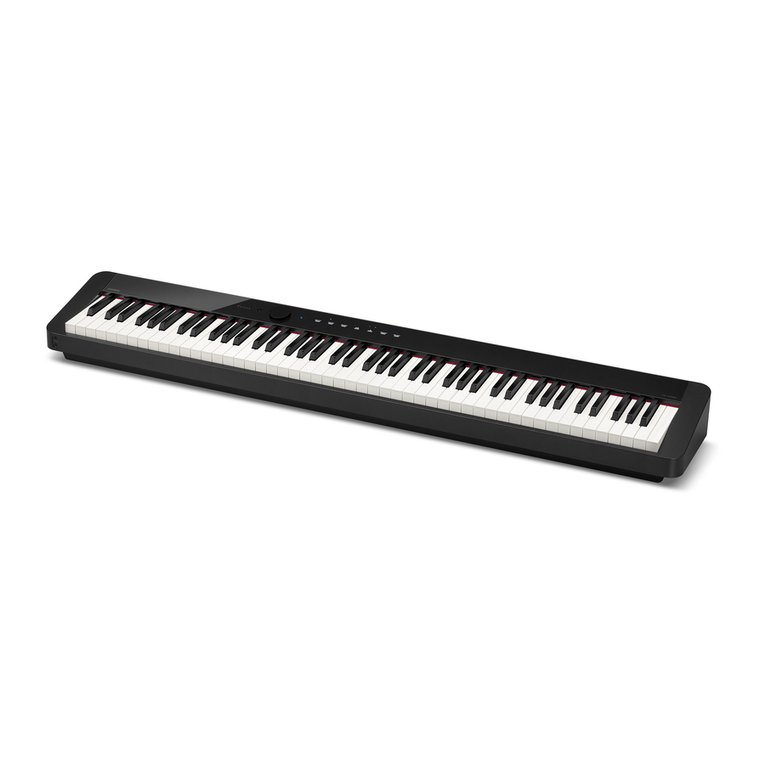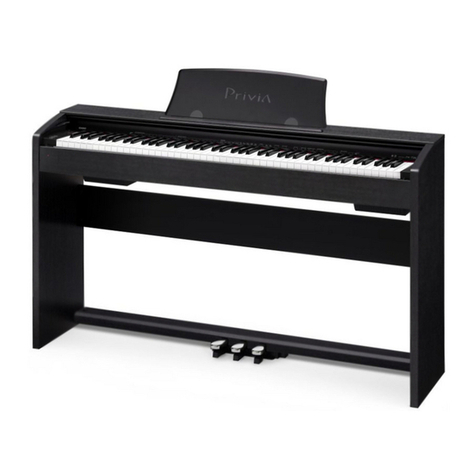Casio Casiotone MT-205 User manual
Other Casio Musical Instrument manuals
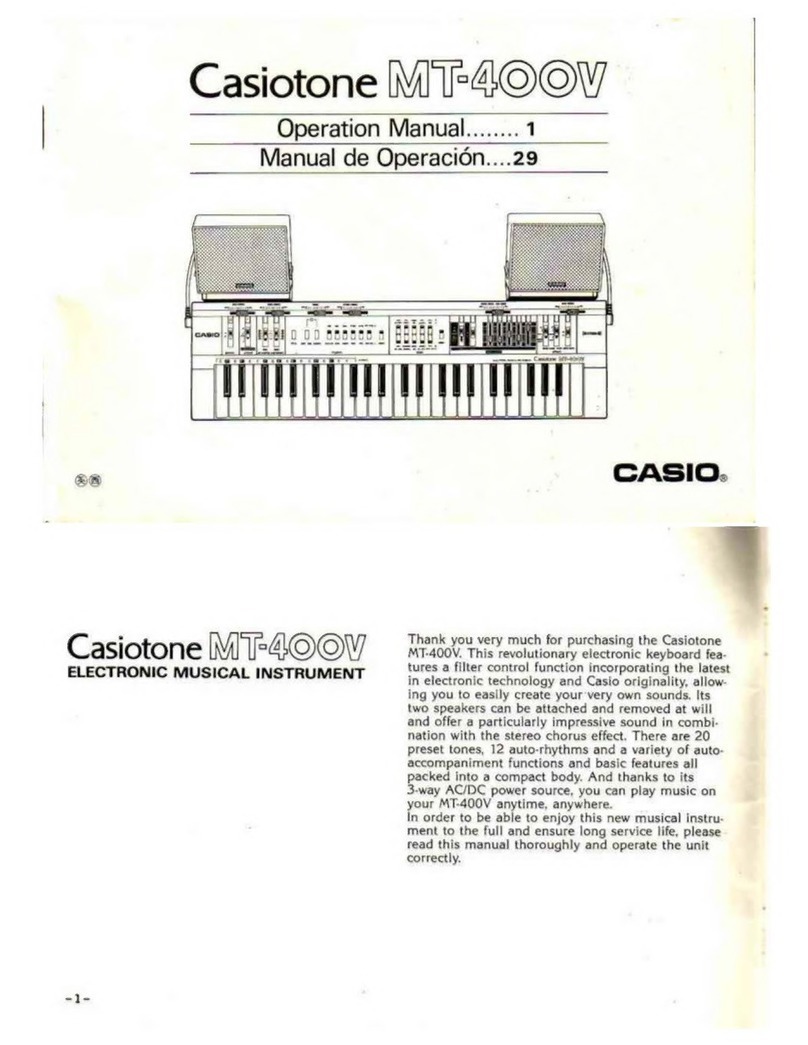
Casio
Casio Casiotone MT-400V User manual
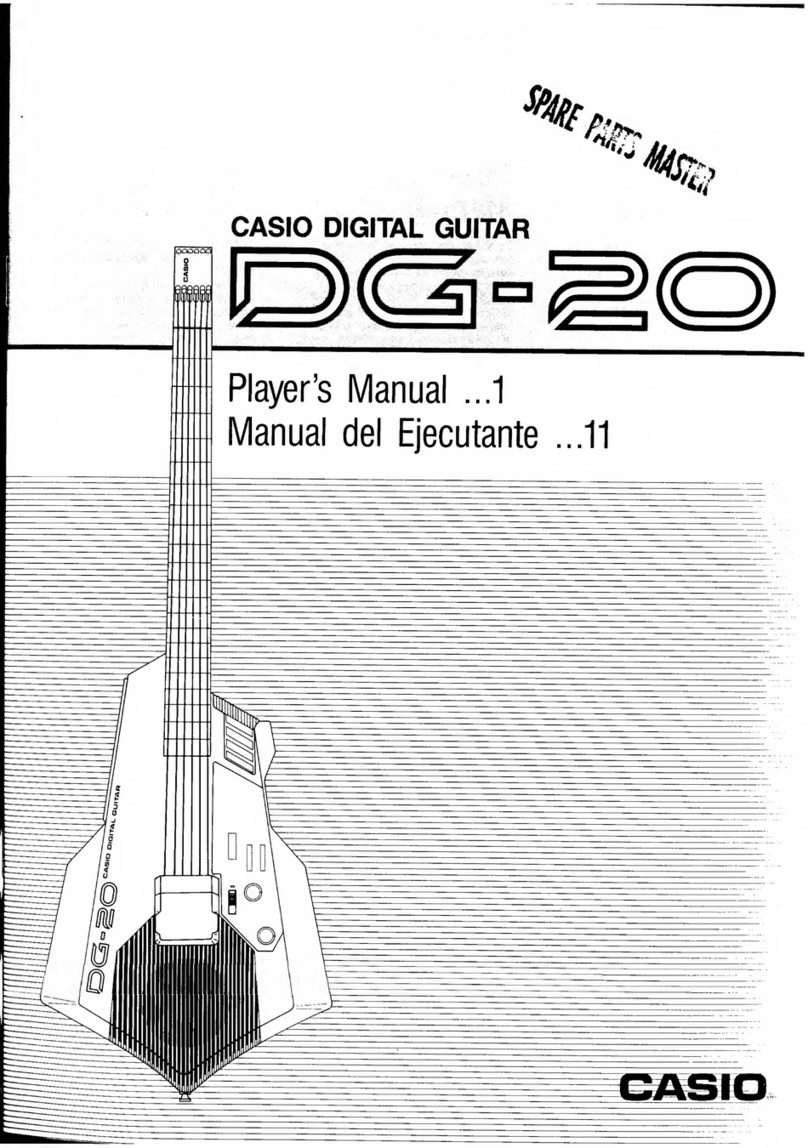
Casio
Casio DG-20 Operator's manual
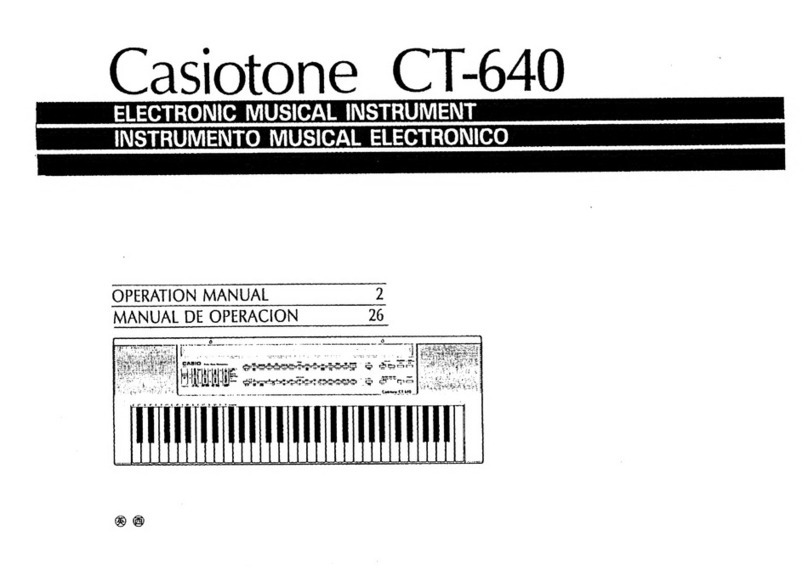
Casio
Casio CT-640 User manual
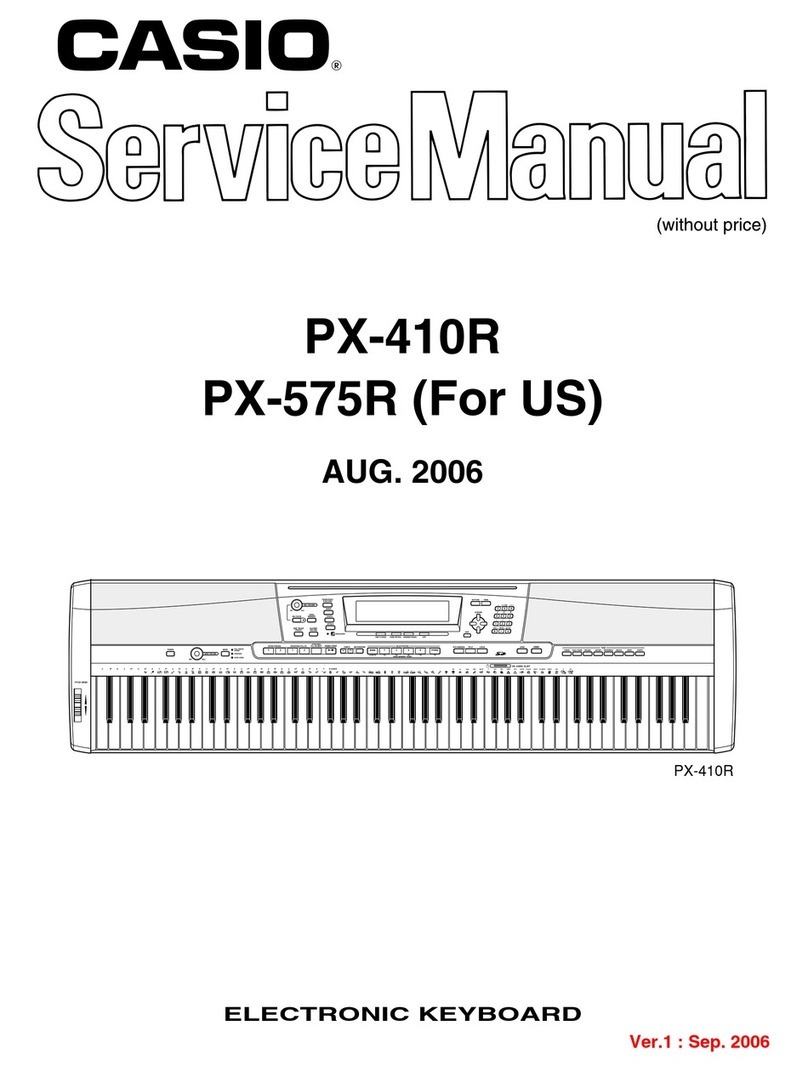
Casio
Casio Privia PX-410R User manual
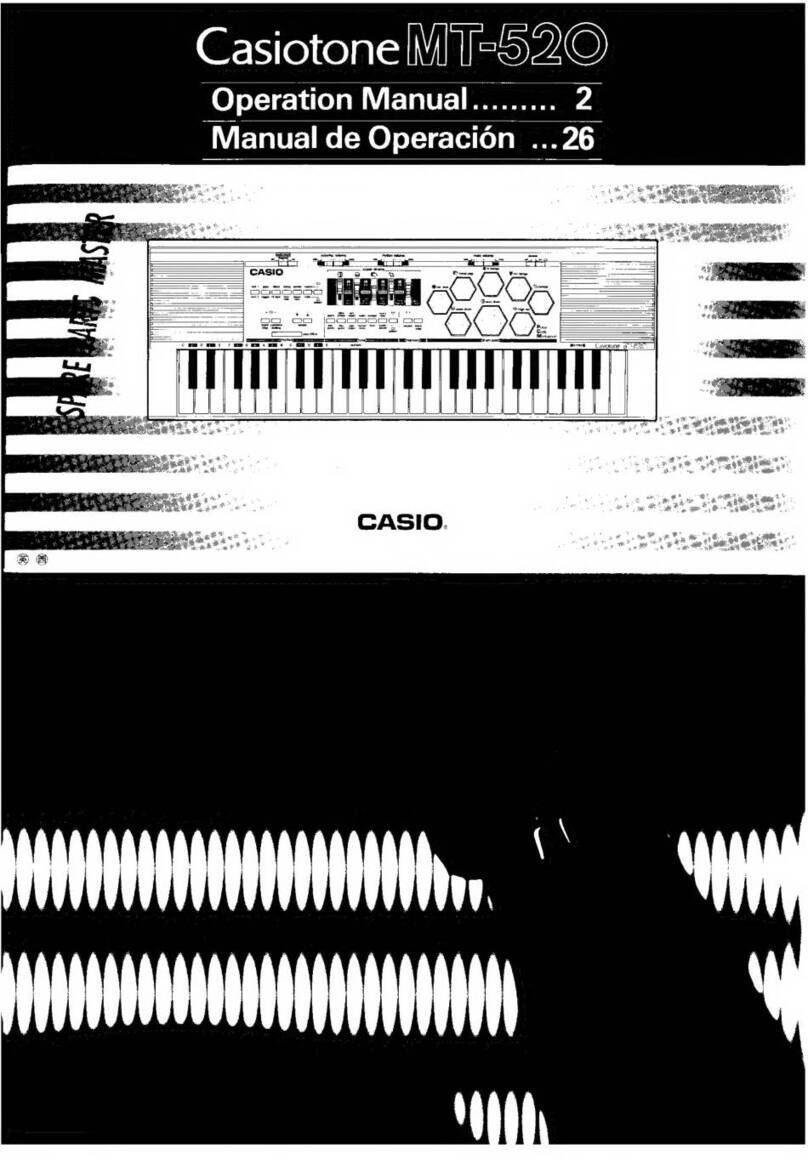
Casio
Casio Casiotone MT-520 User manual
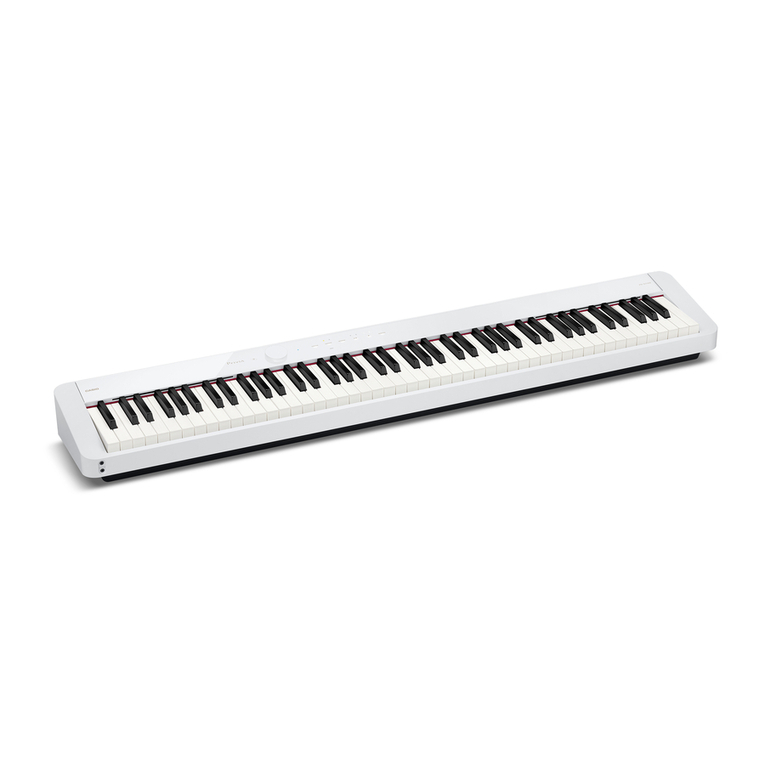
Casio
Casio Privia PX-S1100 User manual
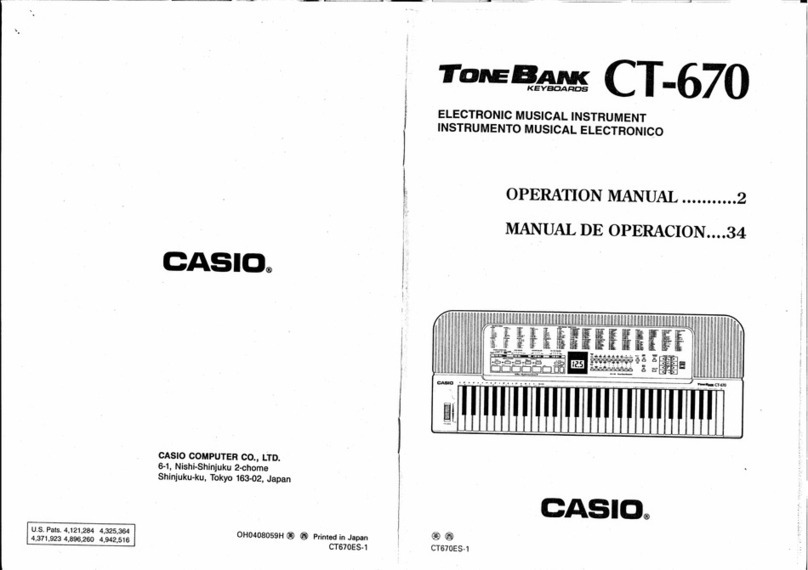
Casio
Casio TONE BANK CT-670 User manual

Casio
Casio CDP-200R User manual

Casio
Casio CELVIANO GP-310 User manual

Casio
Casio CTK-2080 User manual
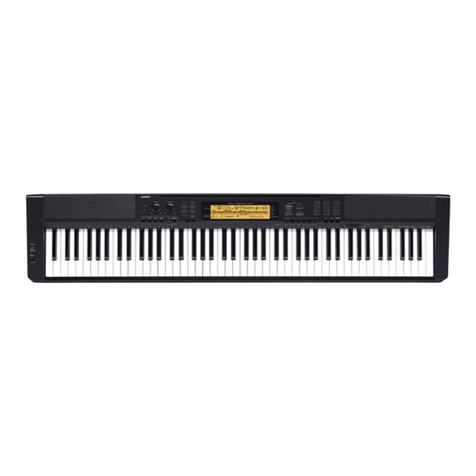
Casio
Casio CDP-200R User manual
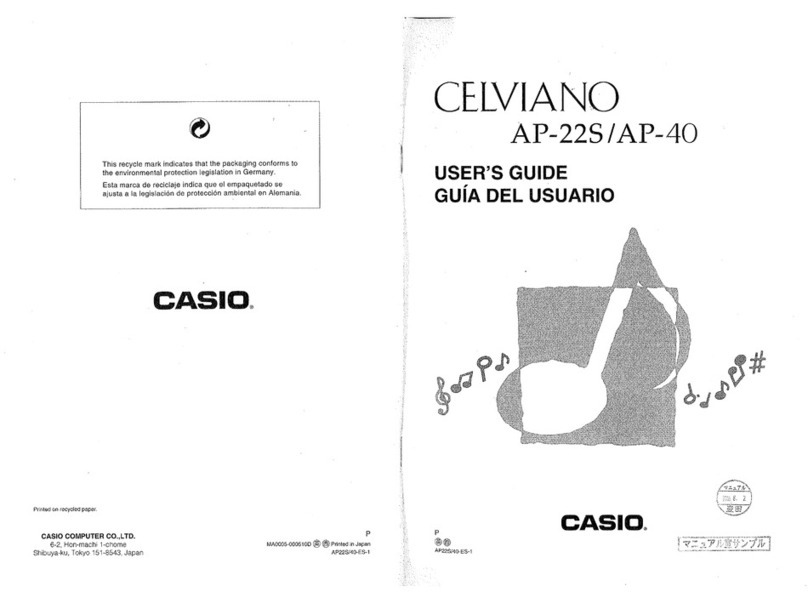
Casio
Casio Celviano AP-22S User manual
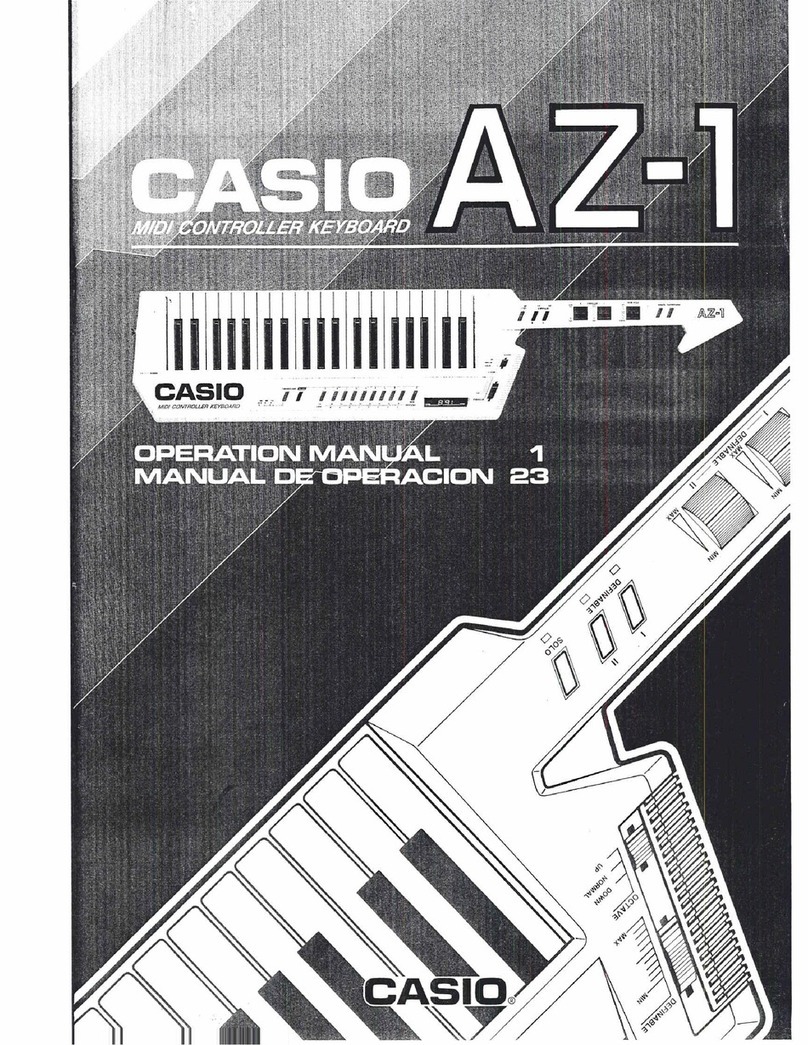
Casio
Casio AZ-1 User manual
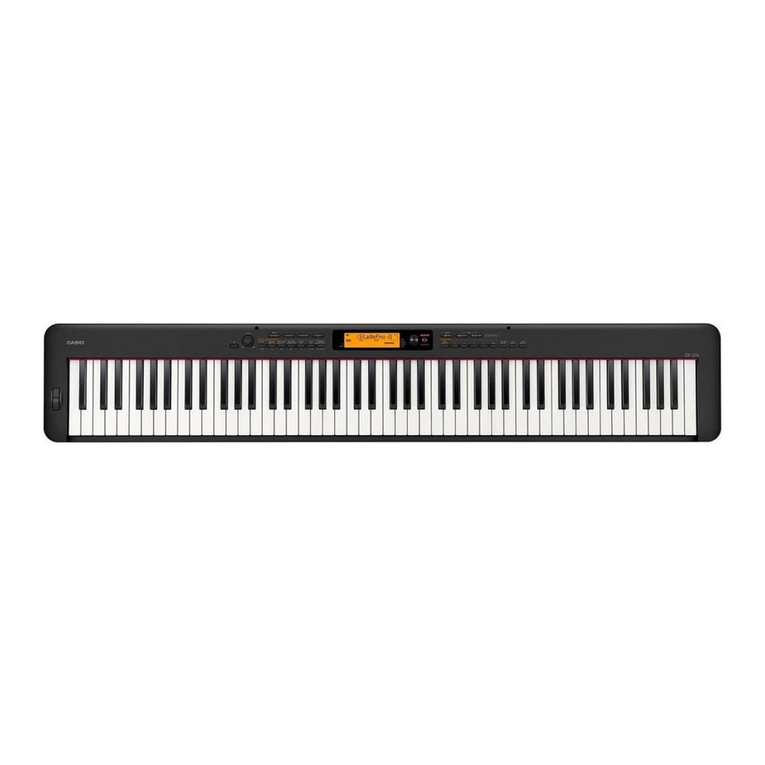
Casio
Casio CDP-S350 User manual
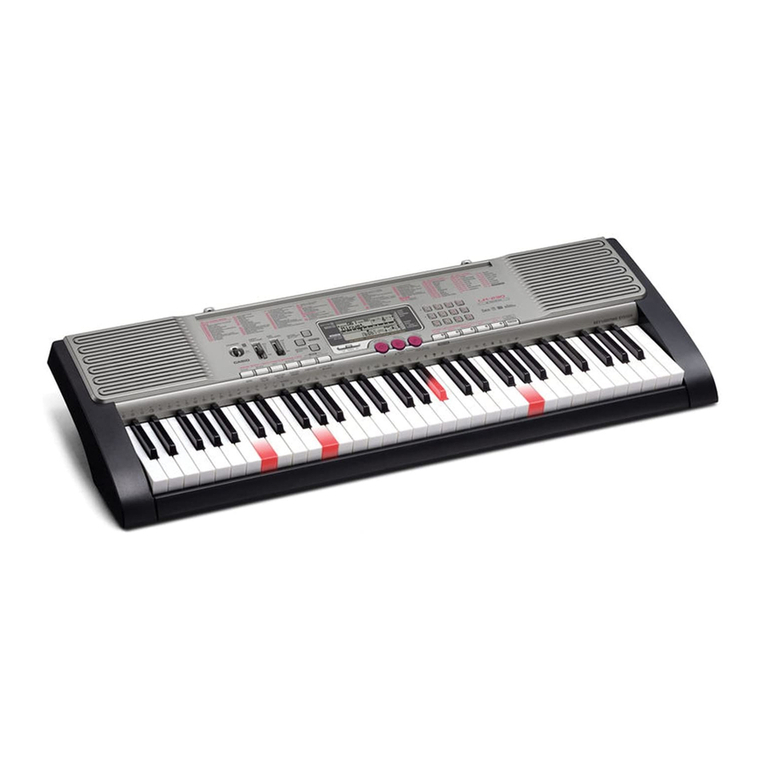
Casio
Casio LK230ES1A User manual
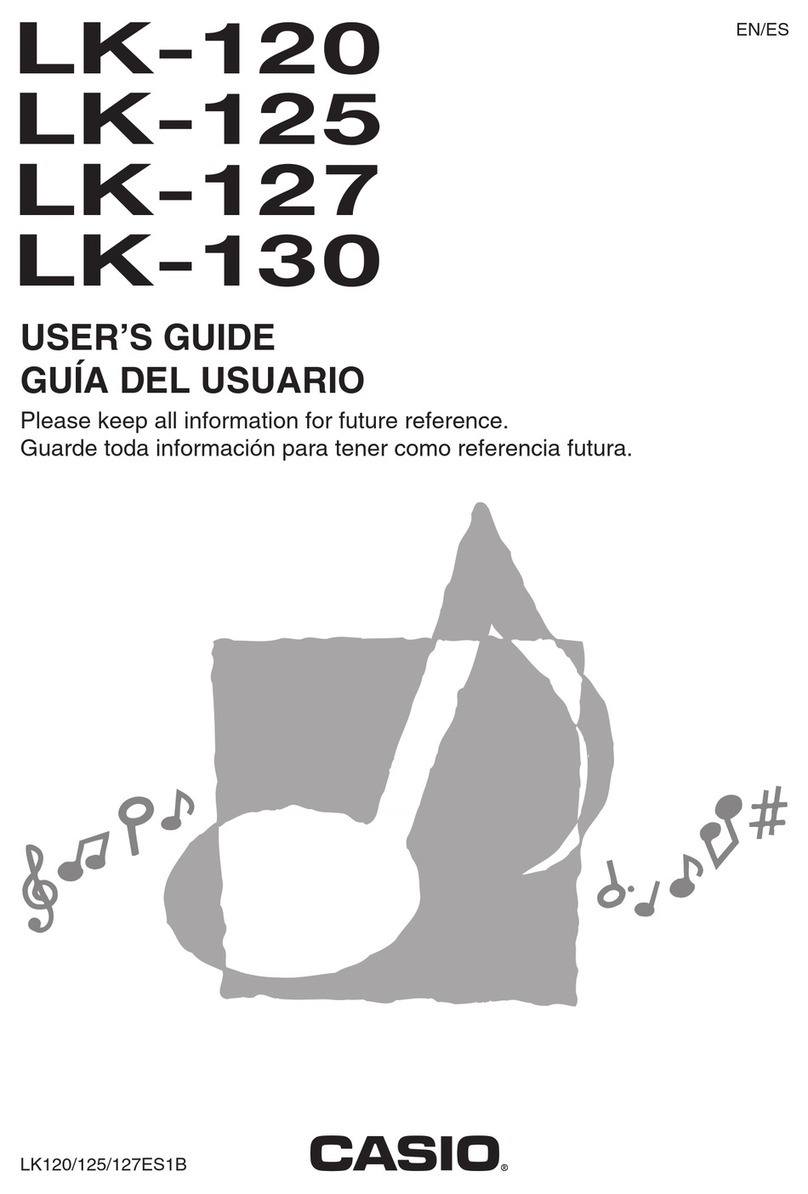
Casio
Casio LK-130 User manual
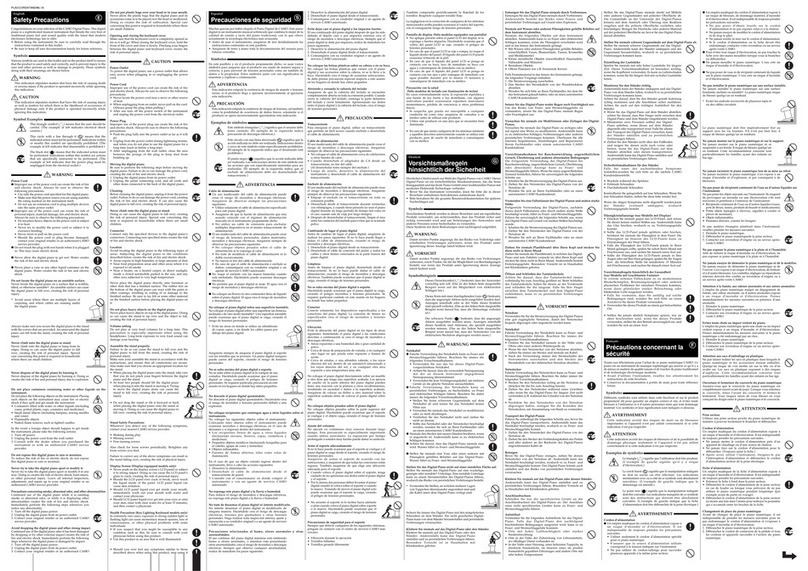
Casio
Casio Celviano AP-500 Installation instructions
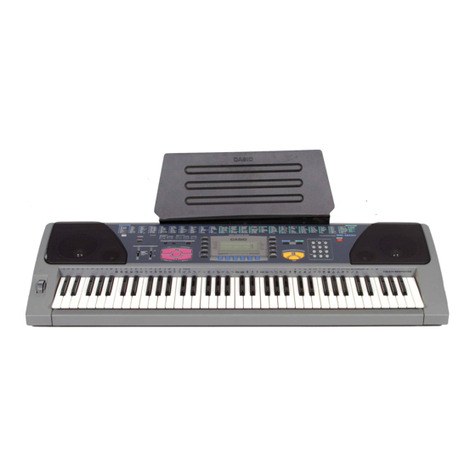
Casio
Casio WK-1200 User manual
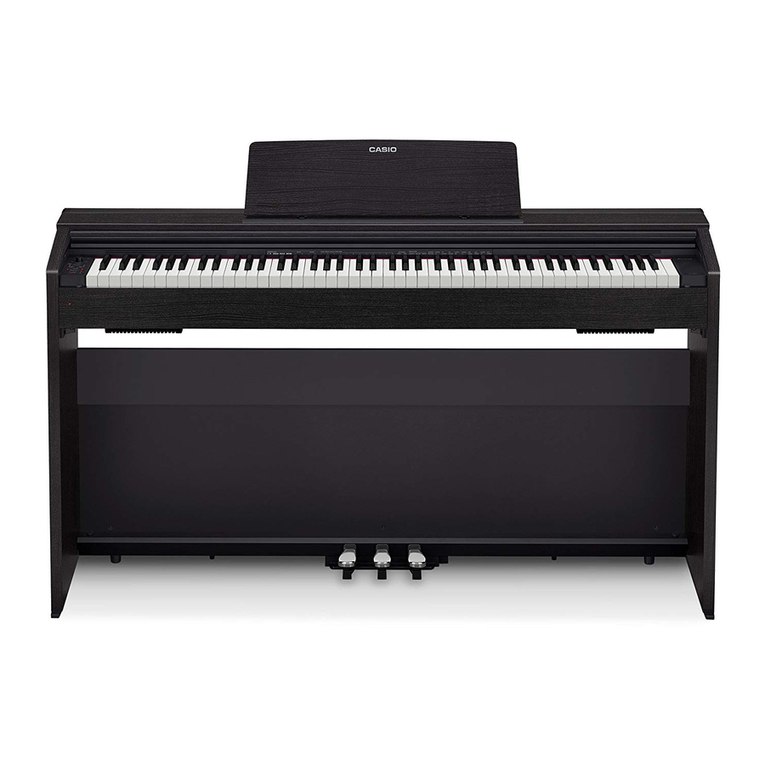
Casio
Casio Privia PX-870 User manual
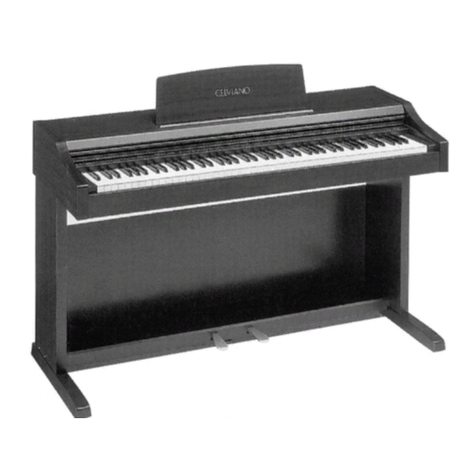
Casio
Casio AP-260 User manual
